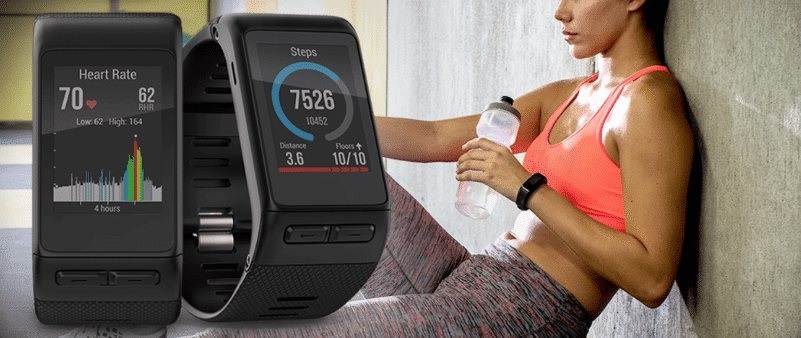MSc thesis project proposal
[2019] Monitoring Heart Rate through RF Signals
Project outside the university
Dialog Semiconductor B.V.The heart rate reading using PPG is influenced by a lot of factors like skin perfusion (how much blood flows through your skin), outside temperature (lower temp = less perfusion), motion (running, cycling, etc.) permanent or temporary changes to the skin (skin color, tattoos) and a varying distance between LED/photo detector and the skin.
Instead of using PPG, the heart rate of a person could also be monitored using RF signals. By placing a small antenna directly on the skin, the interaction of the transmitted RF signal and the change in the blood volume in the microvascular tissue bed could be detected and transformed into a usable heart-rate signal.
Within the Radio Team of Dialog Semiconductor B.V. in 's-Hertogenbosch and Hengelo (https://www.dialog-semiconductor.com/bluetooth-low-energy) ultra low-power Bluetooth Low-Energy (BLE) chips are designed. When used inside smart-watches and fitness trackers, the BLE chip is used for the communication between the smart-watch/fitness tracker on one side and the smartphone on the other side. In this way, the user is able to capture data from the fitness tracker on the smartphone or send messages to the smartwatch/fitness tracker to alarm the user that an e-mail or message has been sent.
The RF transmitter and receiver that is already present inside these BLE devices could also be used for monitoring heart rate. The main objective of this assignment is to investigate heart-rate monitoring using RF signals and, more specifically, how to do that using the RF part of the Dialog Semiconductor BLE devices.
Assignment
In the first part of the assignment the student starts with investigating the following bullets:
The student is encouraged to propose novel ‘out of the box’ approaches or alternative solutions. Creating a ‘demonstrator’ for proving a certain concept is also a possibility.
In the second part of the assignment the student will be able to focus on the actual circuit design of several blocks that are needed for e.g. converting the RF sensor signal into a heart rate. At our site in Den Bosch, we can offer the student the possibility of designing in the TSMC 55nm PDK within the Cadence design suite. We also suggest that, for a certain period of the assignment, the student is located in our office in Den Bosch. The outcome of the assignment should result in a final report.
Requirements
Supervision of the MSc thesis project will be done by Wouter Serdijn (TU Delft) and John Willms (Dialog Semiconductor B.V.). For more information, please contact Wouter Serdijn or:
Ir. John Willms
Member of Technical Staff at Dialog Semiconductor B.V.
Het Zuiderkruis 53
5215 MV ‘s-Hertogenbosch
E-mail: john.willms@diasemi.com
Contact
prof.dr.ir. Wouter Serdijn
Bioelectronics Group
Department of Microelectronics
Last modified: 2021-01-11
